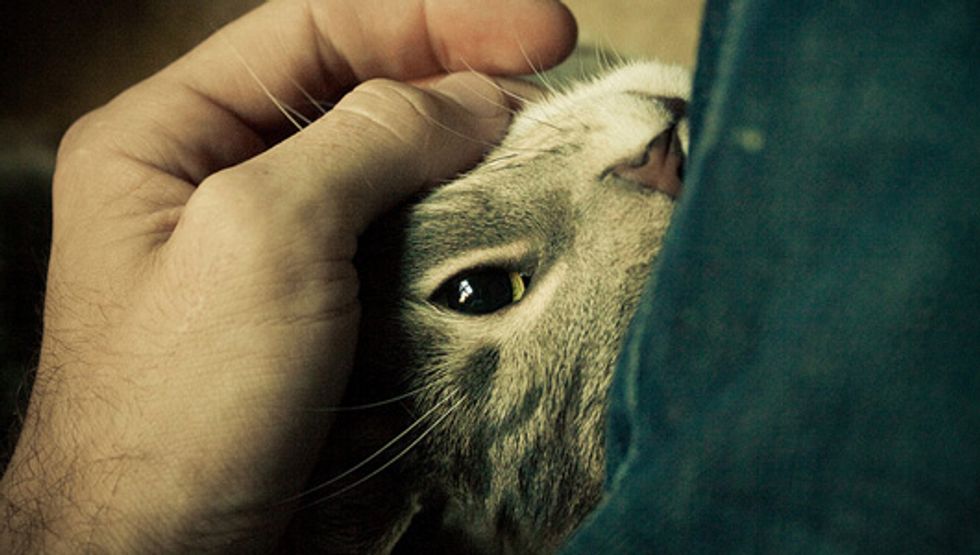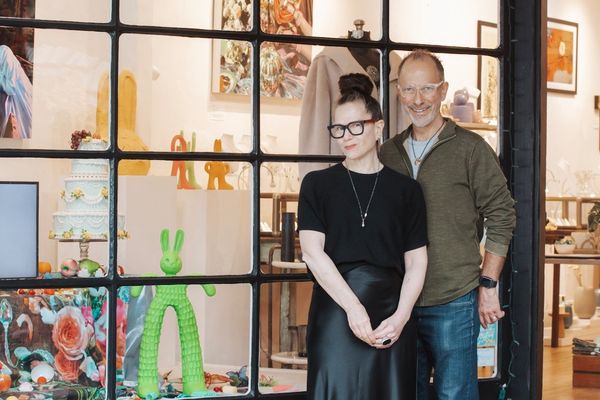Welcome to our weekly 'Ask a Vet from the SF SPCA' feature on 7x7.com. Dr. Jeannine Berger, DVM, DACVB is a board certified veterinary behaviorist who counsels guardians whose pets’ issues are beyond the scope of training. Think of her as a pet shrink…at your service. Ask your own questions in the comments!
Well…we wish we could tell you. Cats purr for many reasons. Some think it is a communication tool with other cats, some think it is to comfort themselves. There are theories about healing vibrations caused by the audible or inaudible frequencies. Behaviorists can’t seem to agree, but hereare some interesting theories. Turns out that it is not only cats–hyenas, raccoons and even guinea pigs can also make a purring sound.
Strangely, there is no anatomical structure unique to cats that is designed to make a purring sound and vibrations. One would think that cats would have some kind of vocal chord anomaly, valve cover or some evolutionarily specific thing. Not so. It is postulated that cats vibrate the larynx to purr, but it is a really hard idea to prove. Any tests to study purrs inevitably make a cat stop purring. Ah, cats.





















